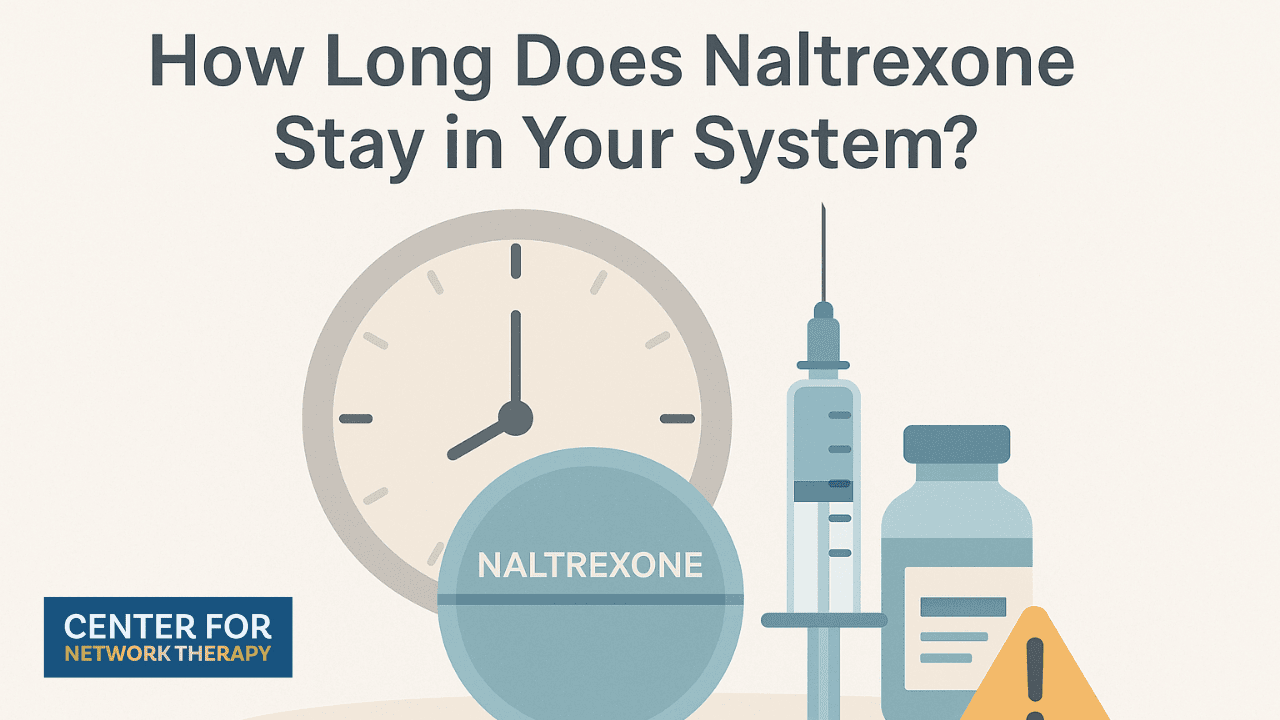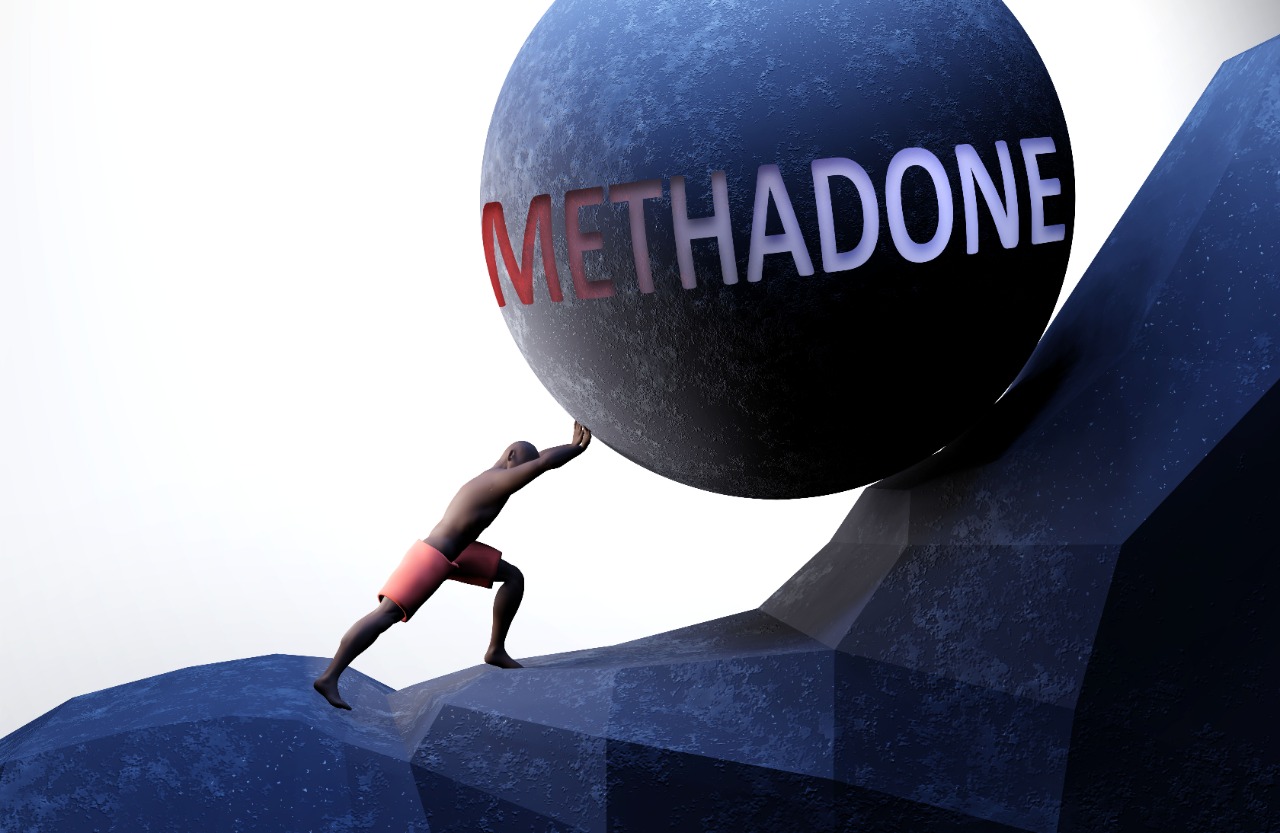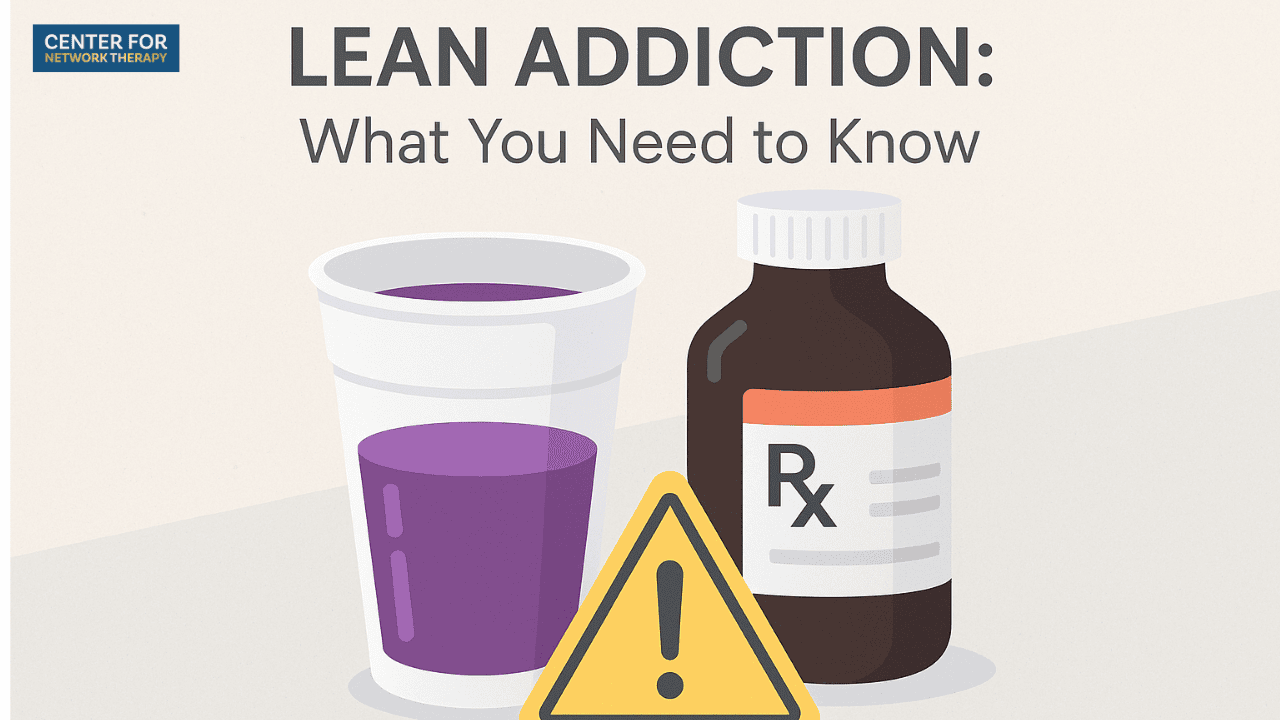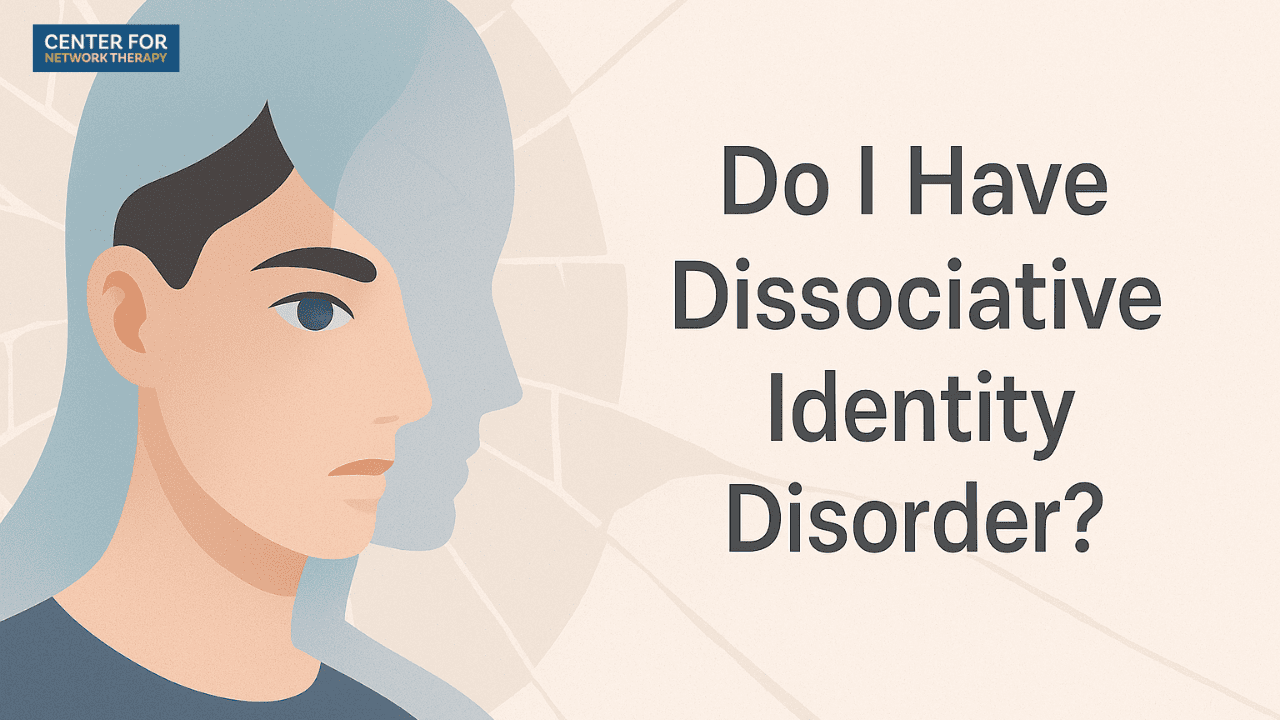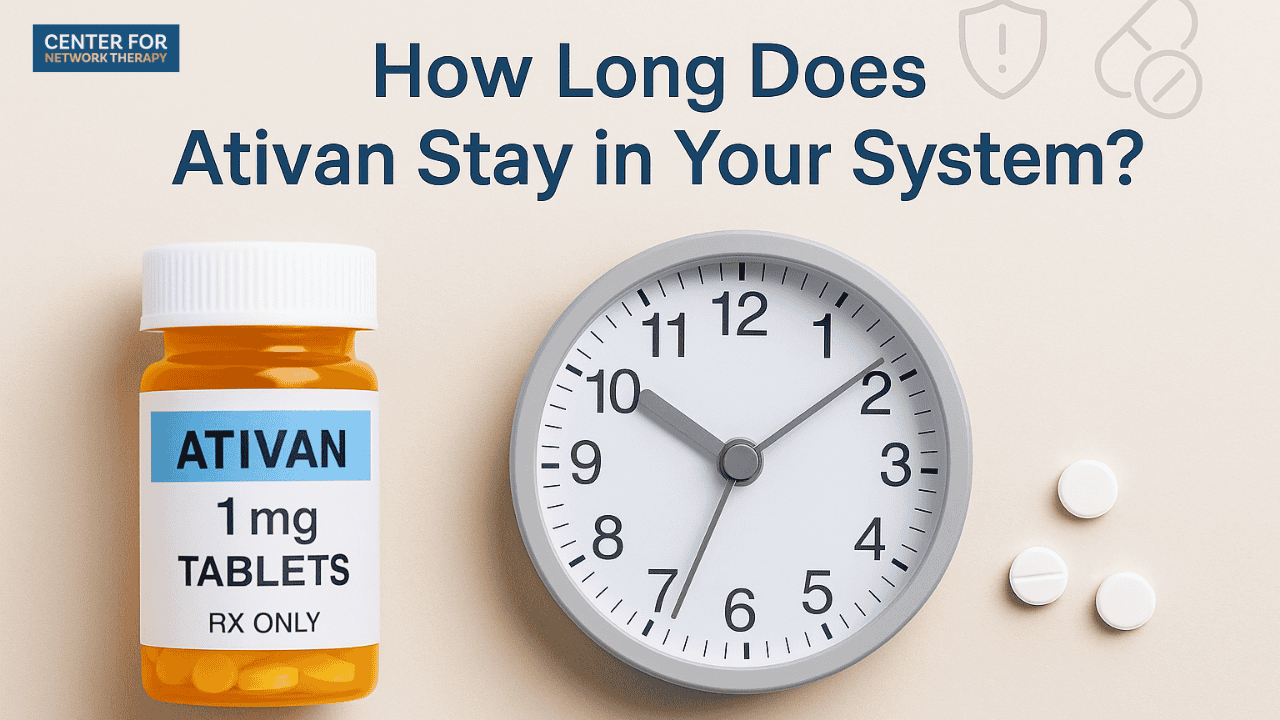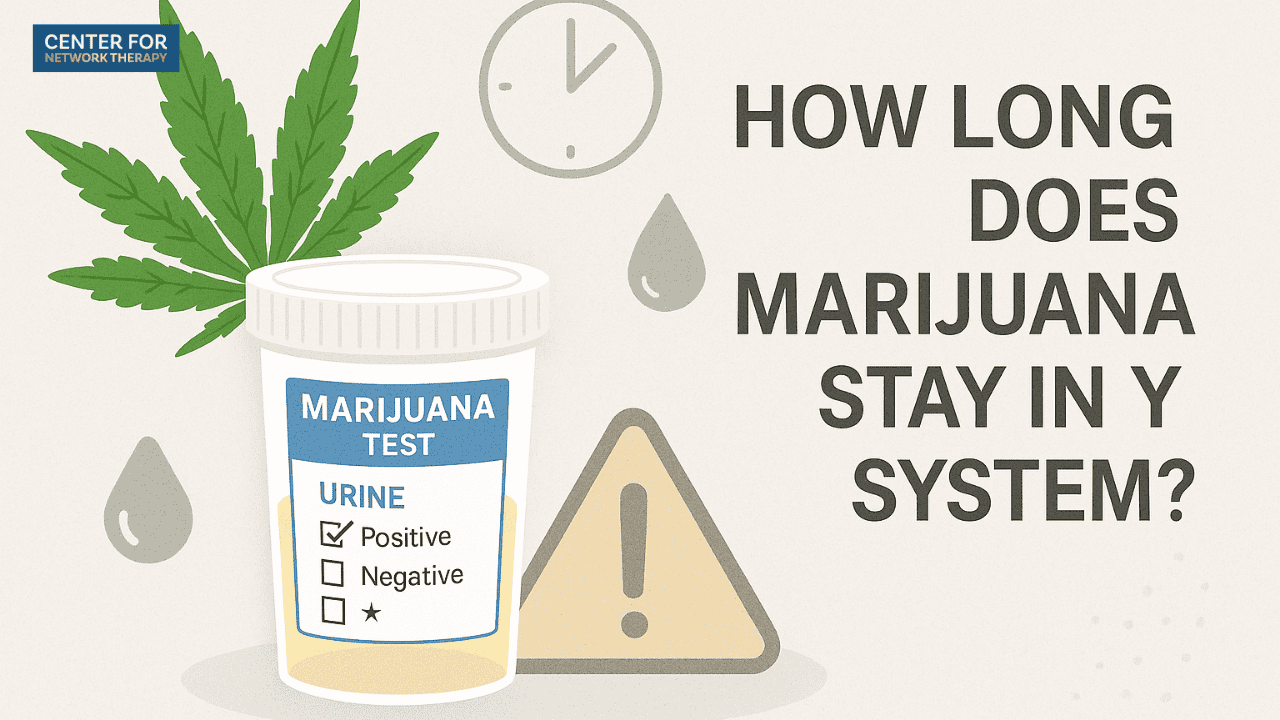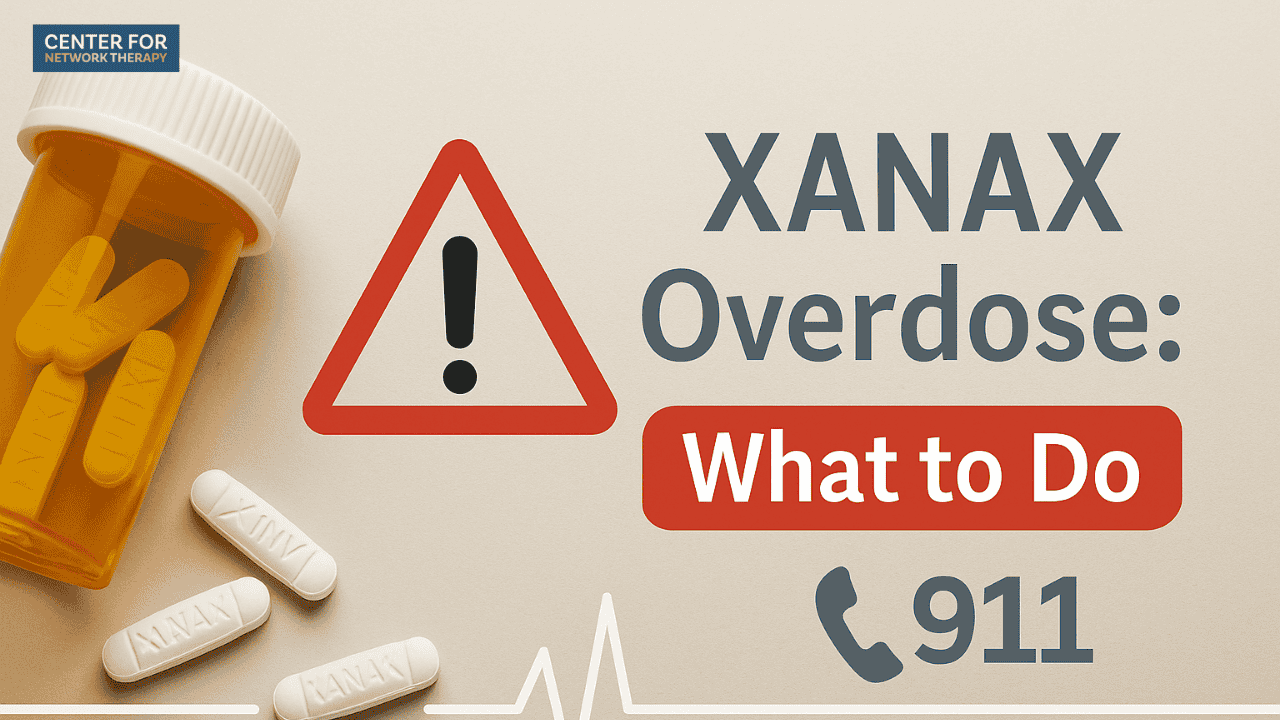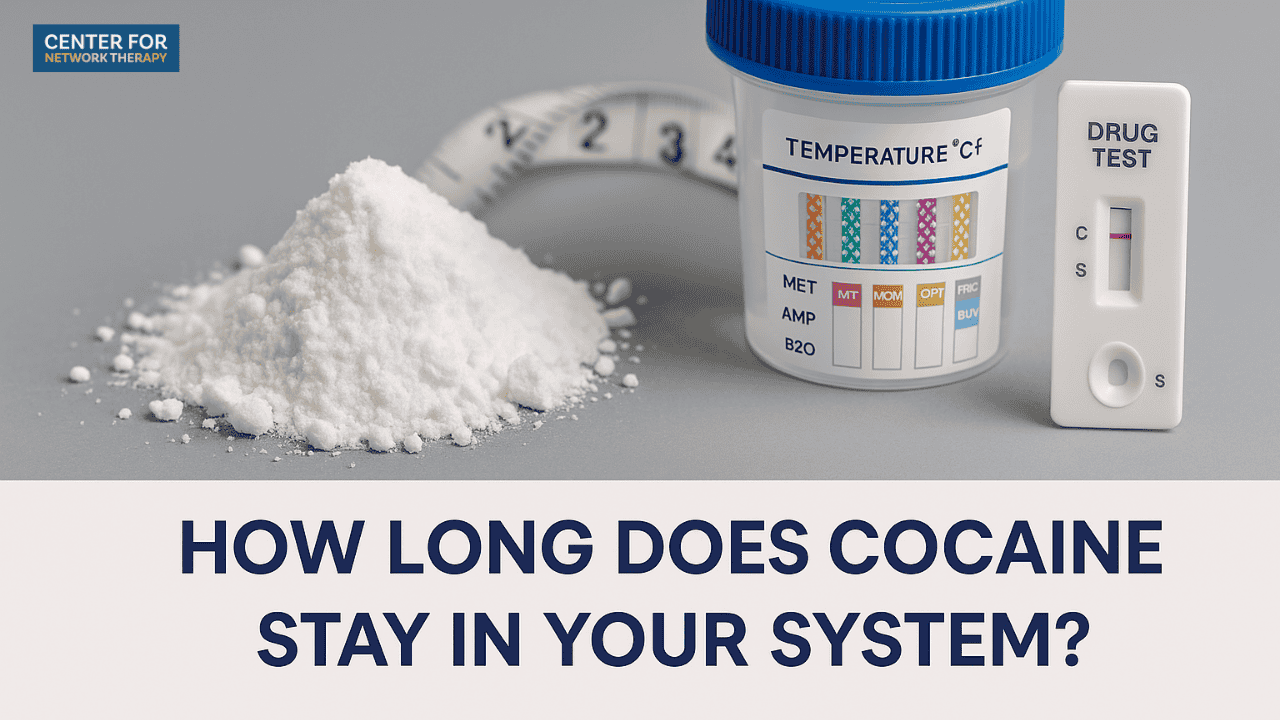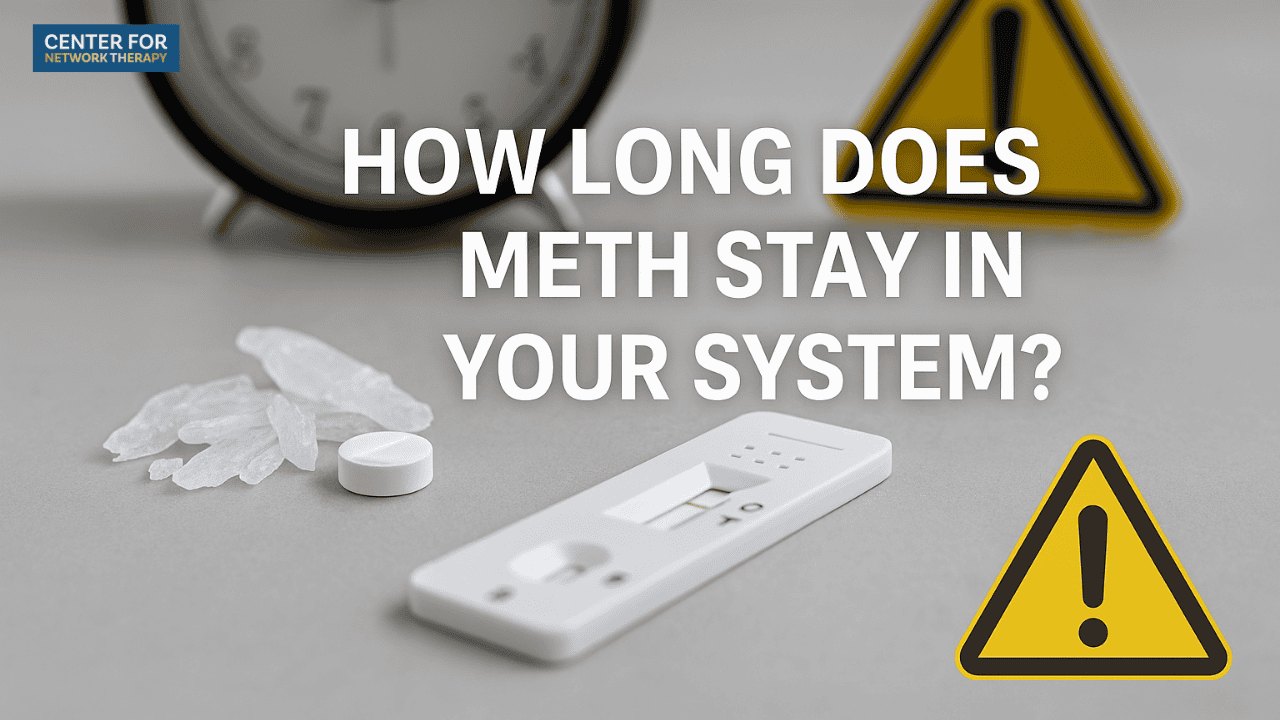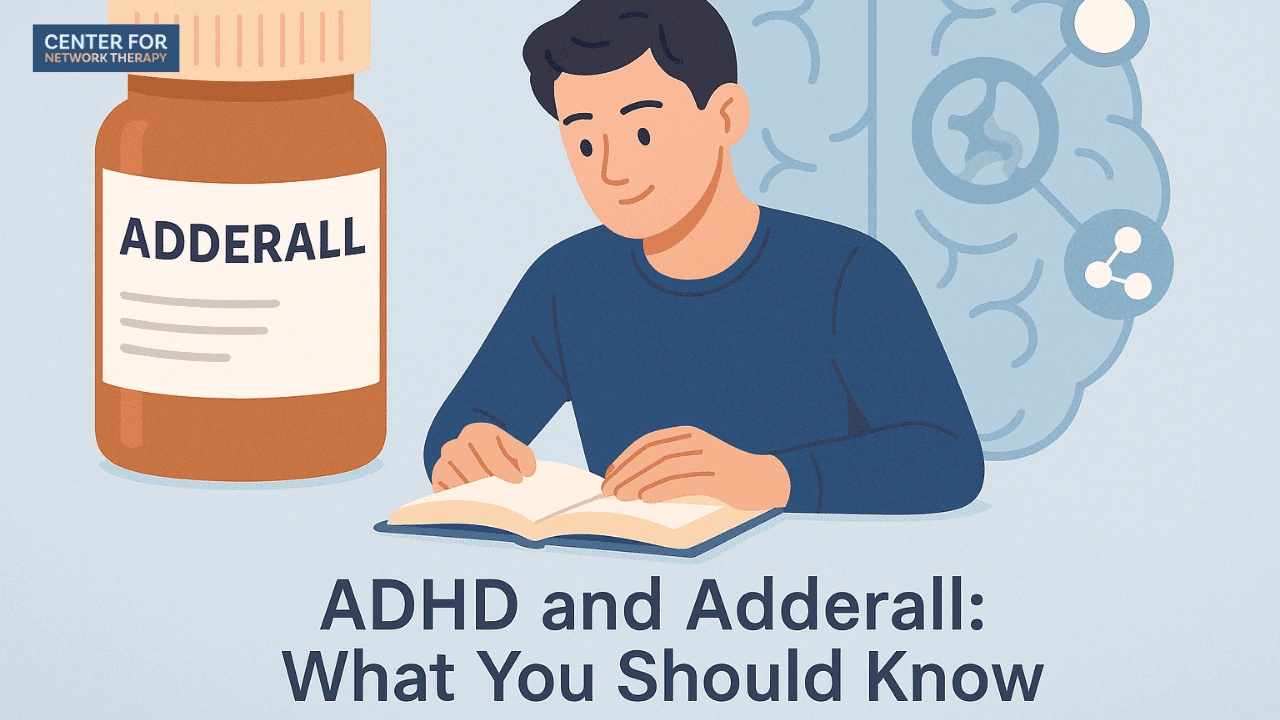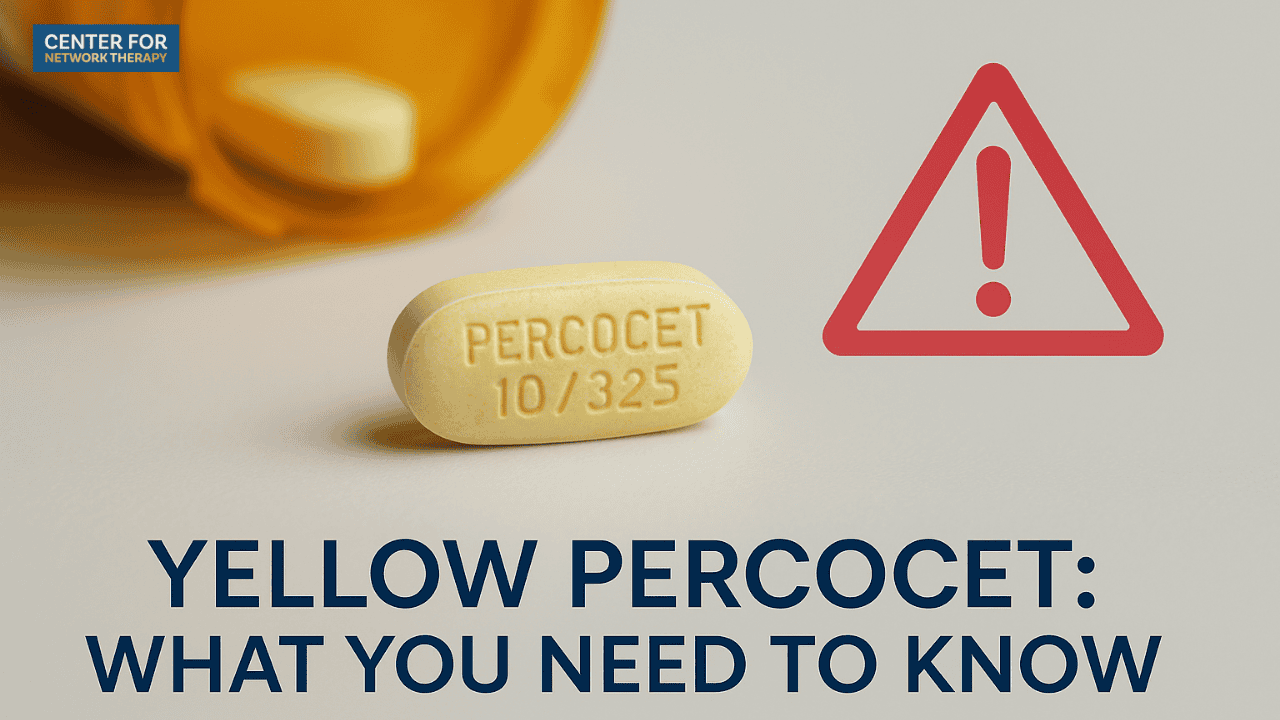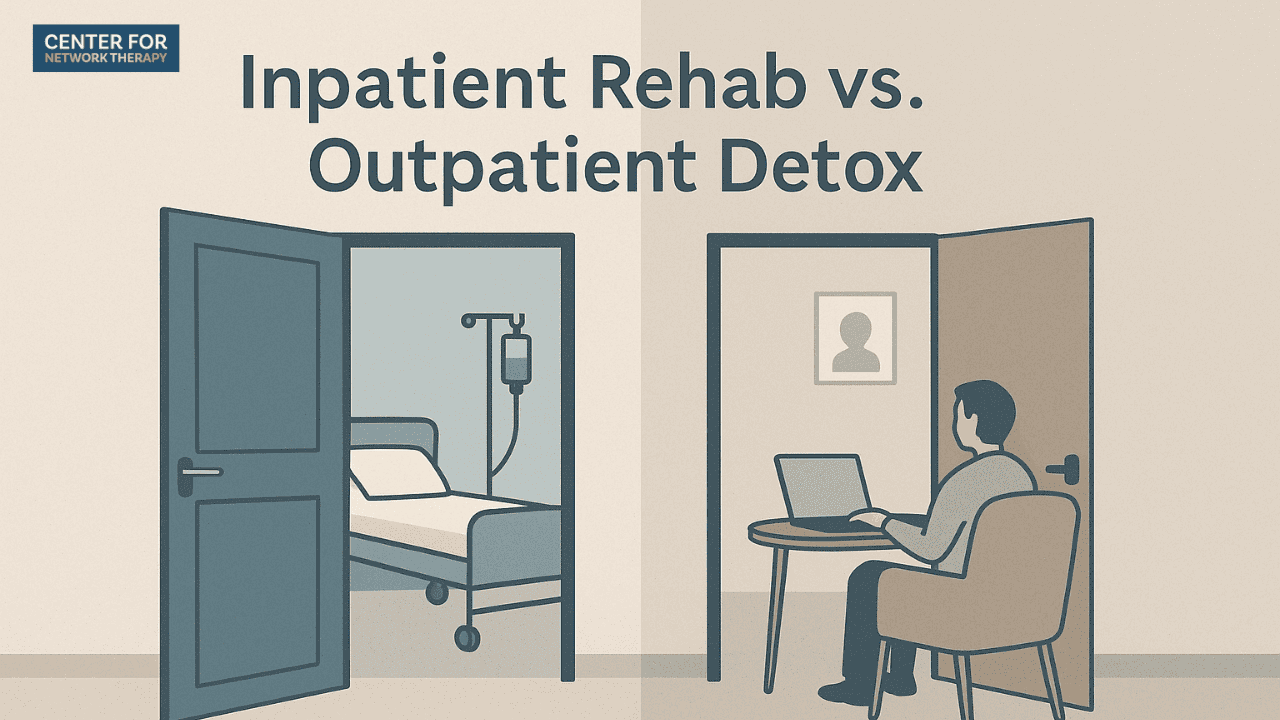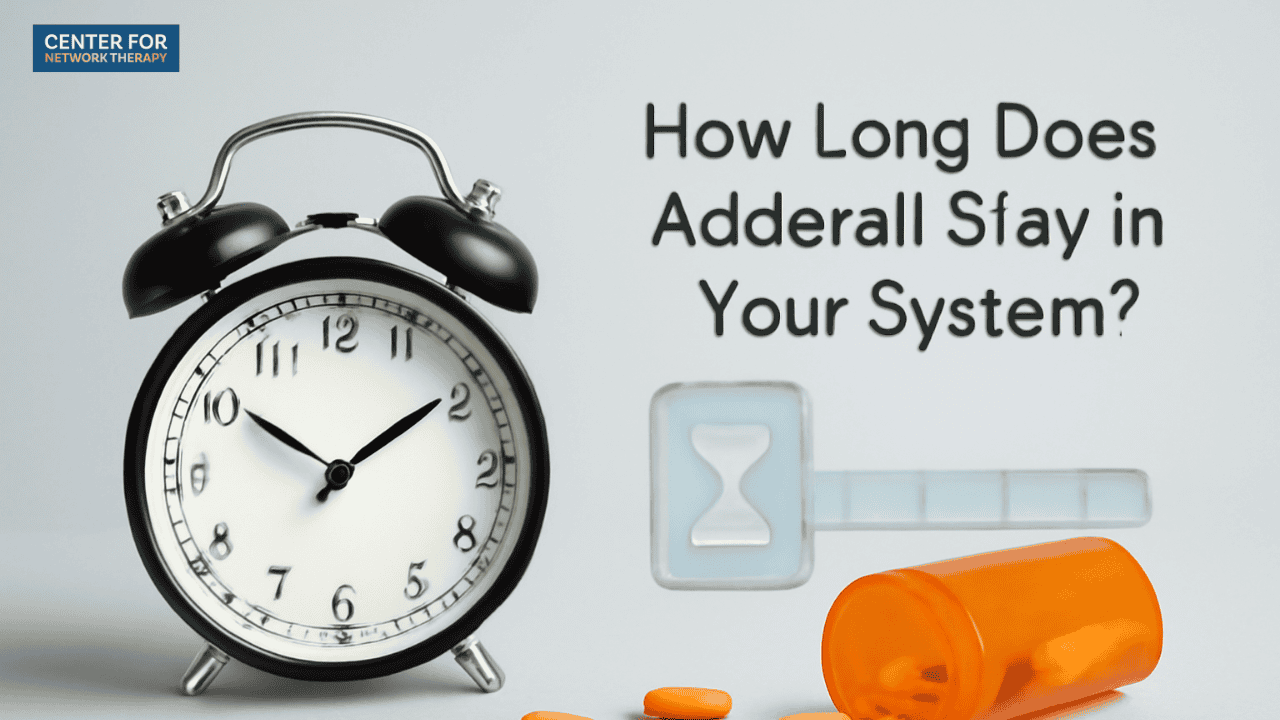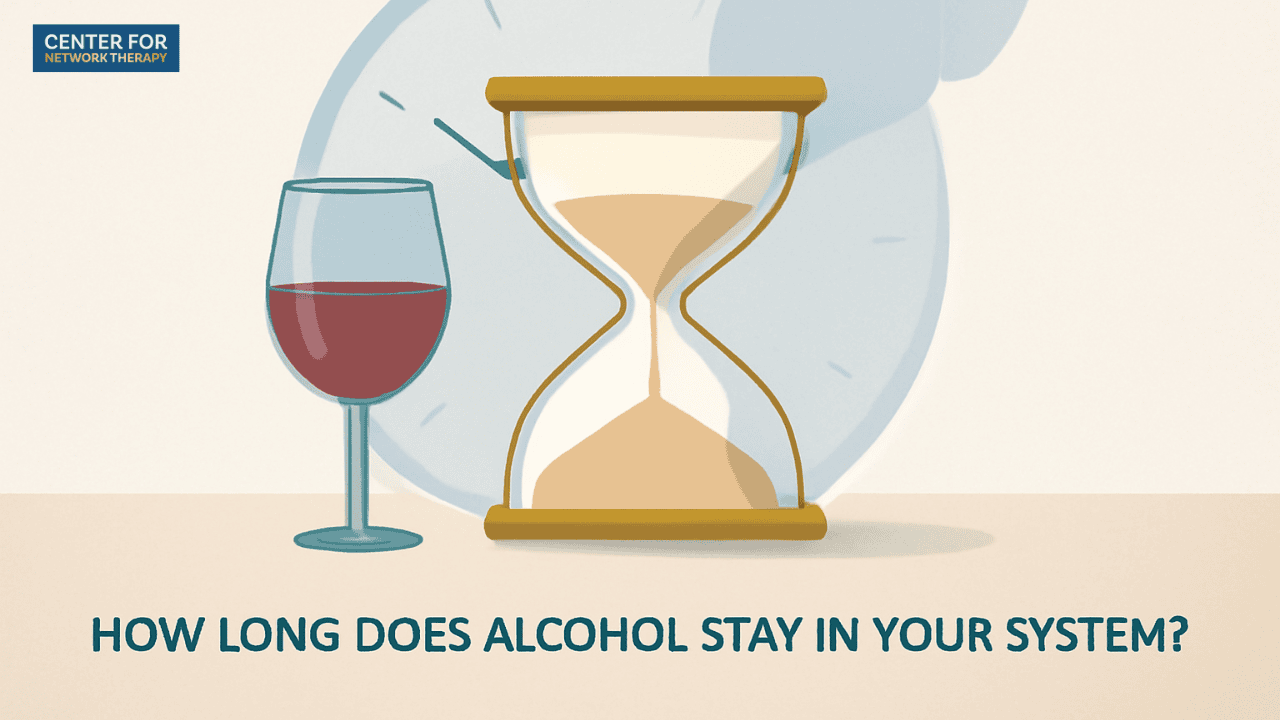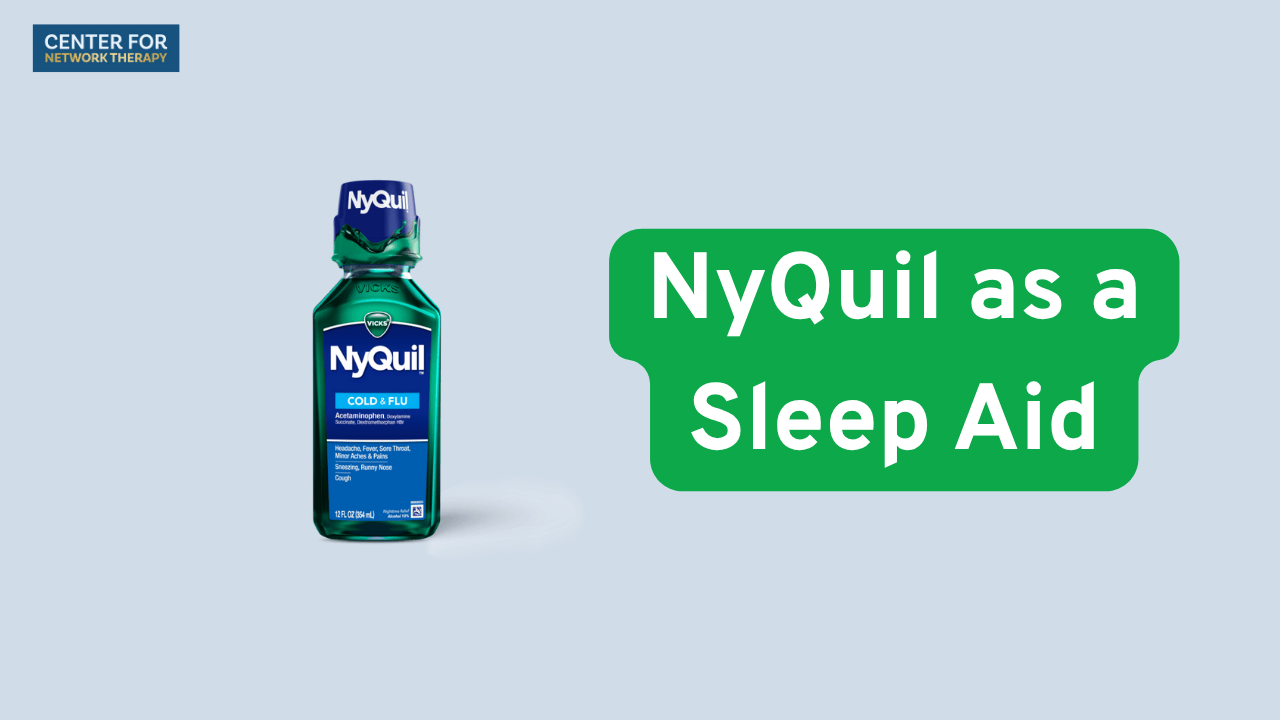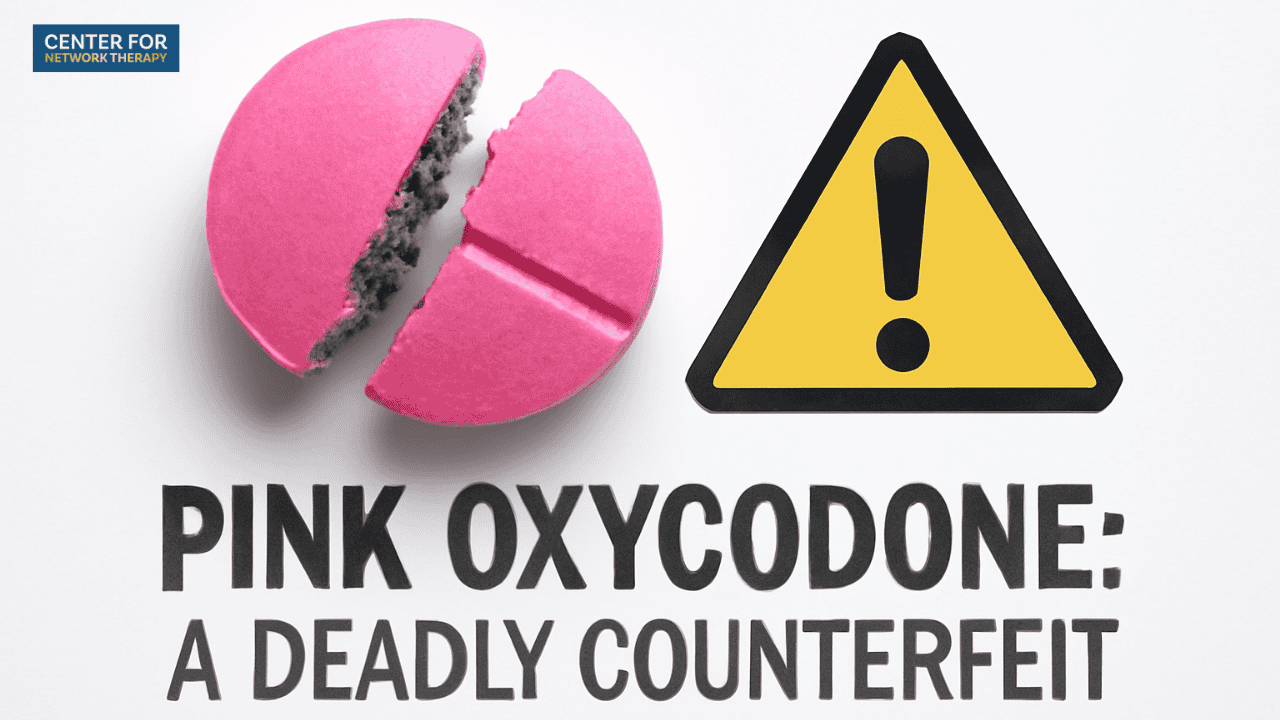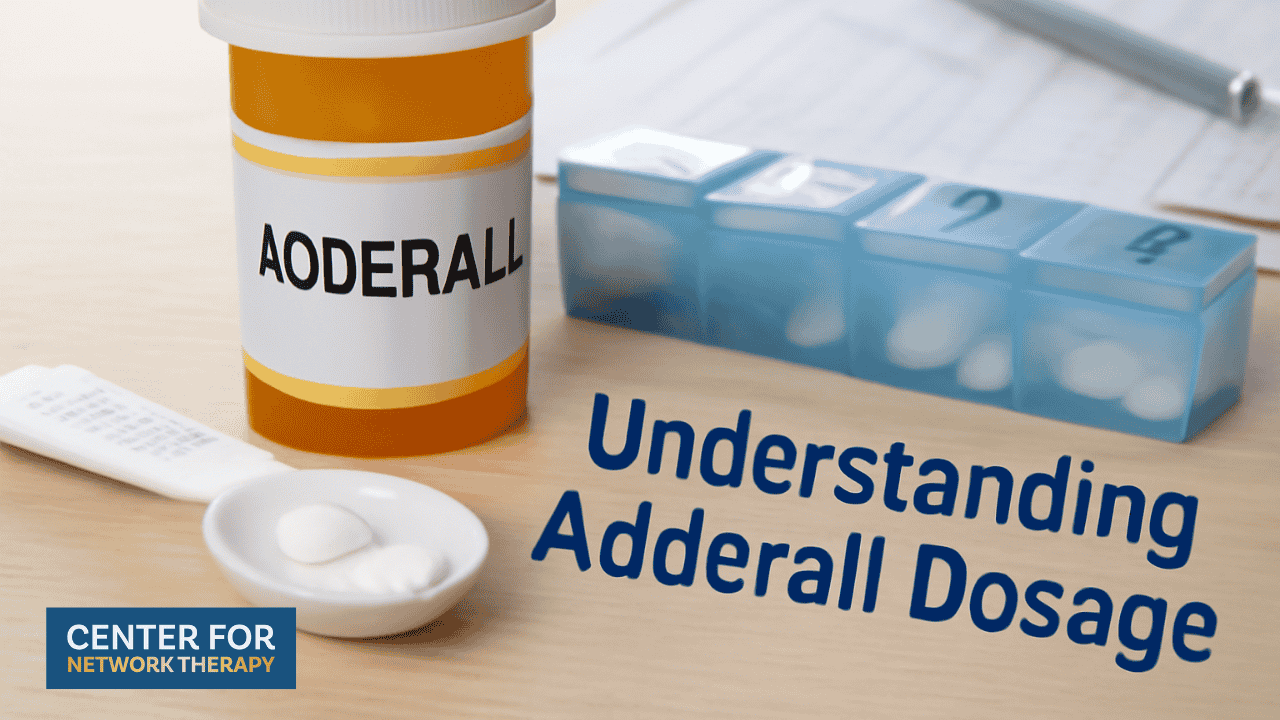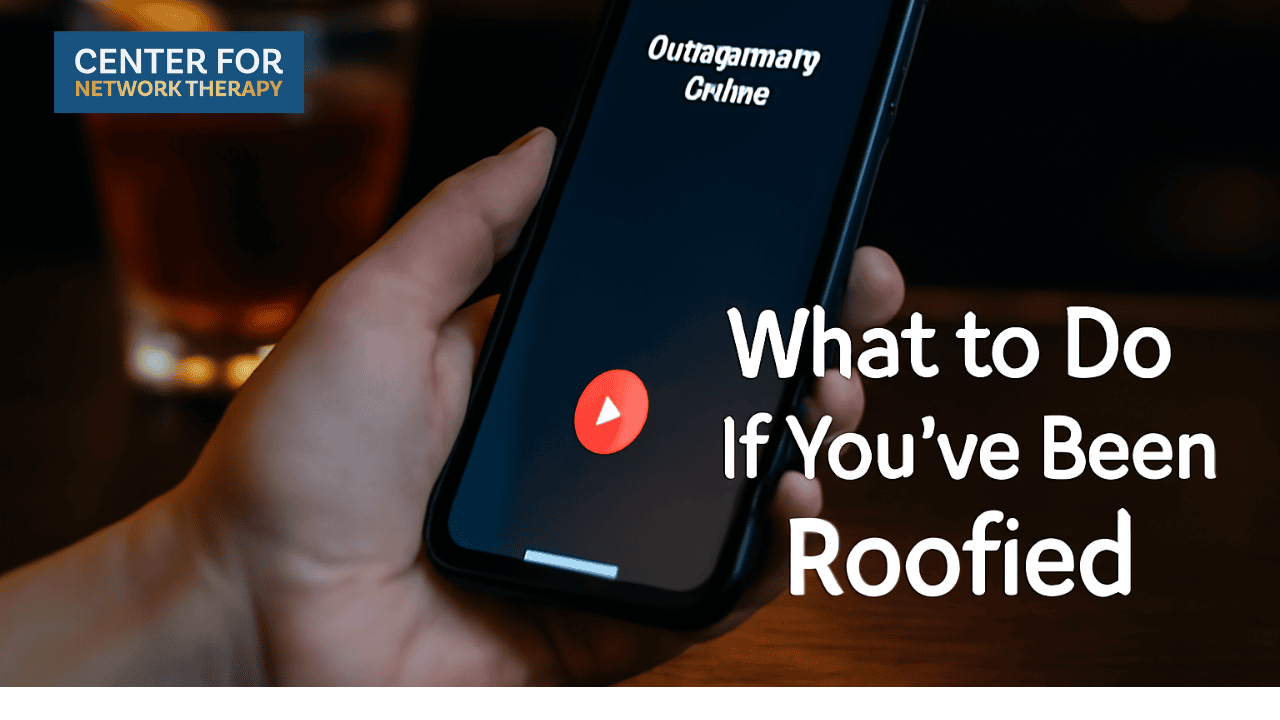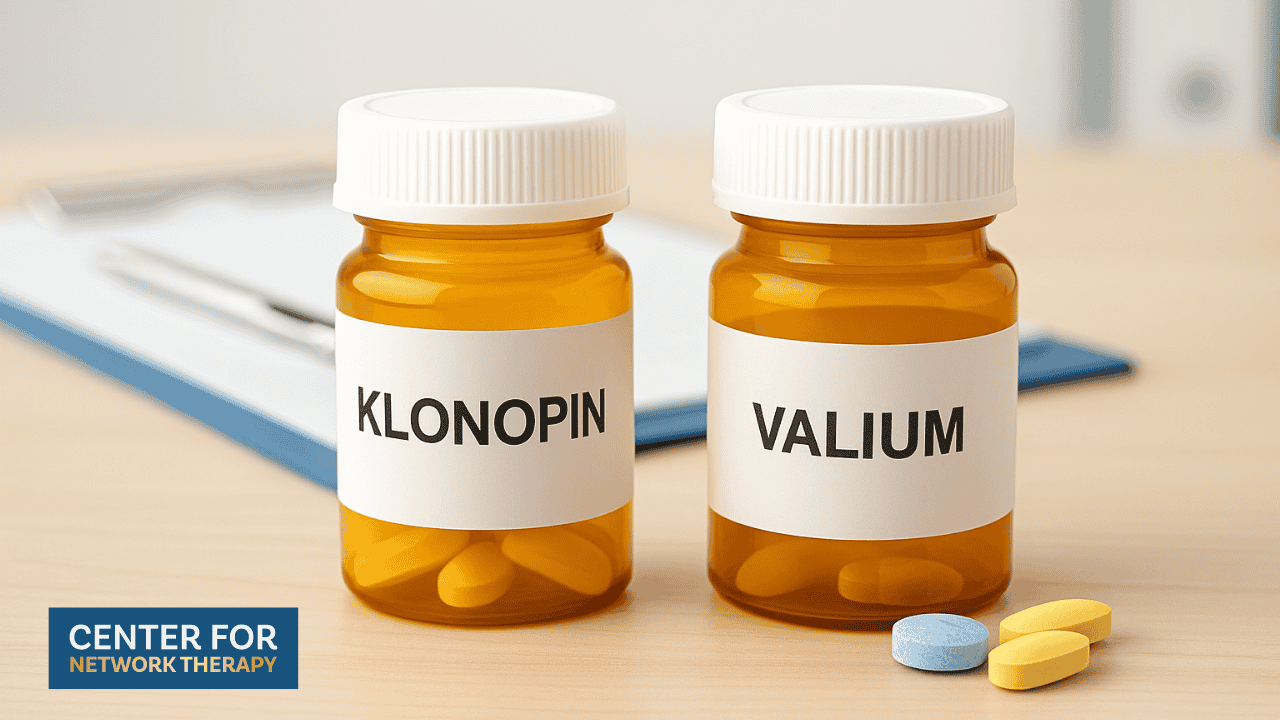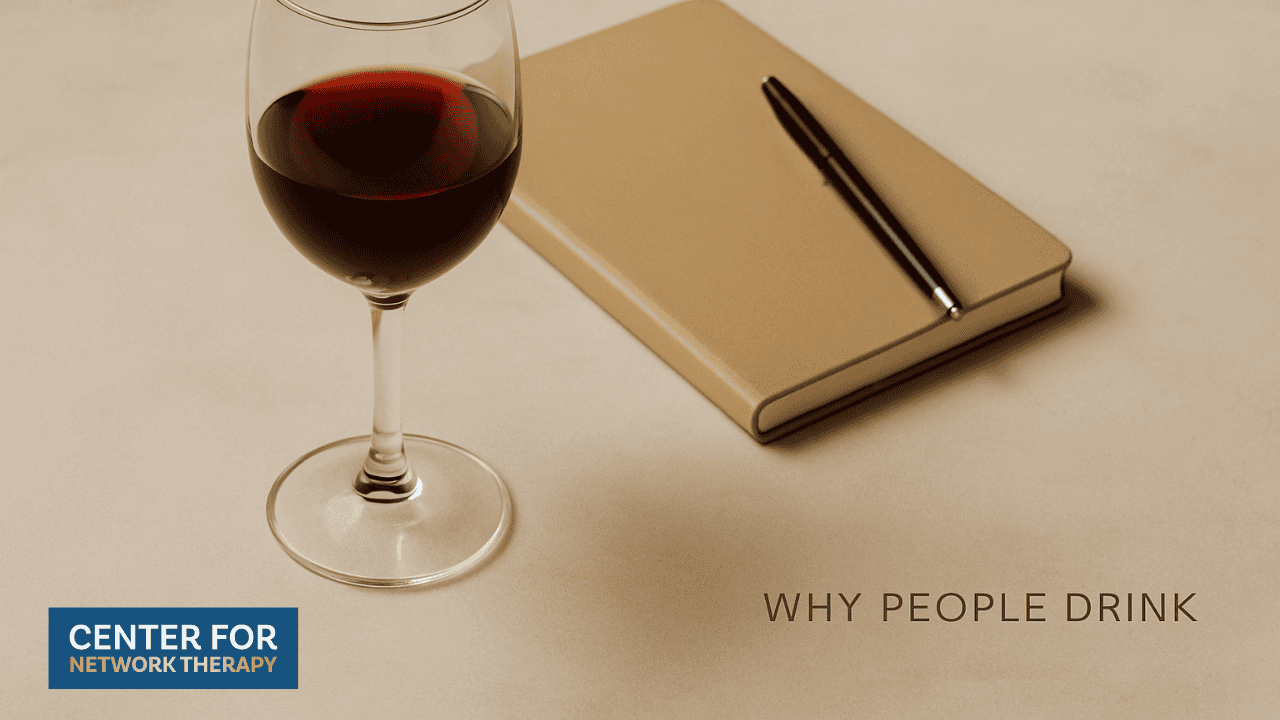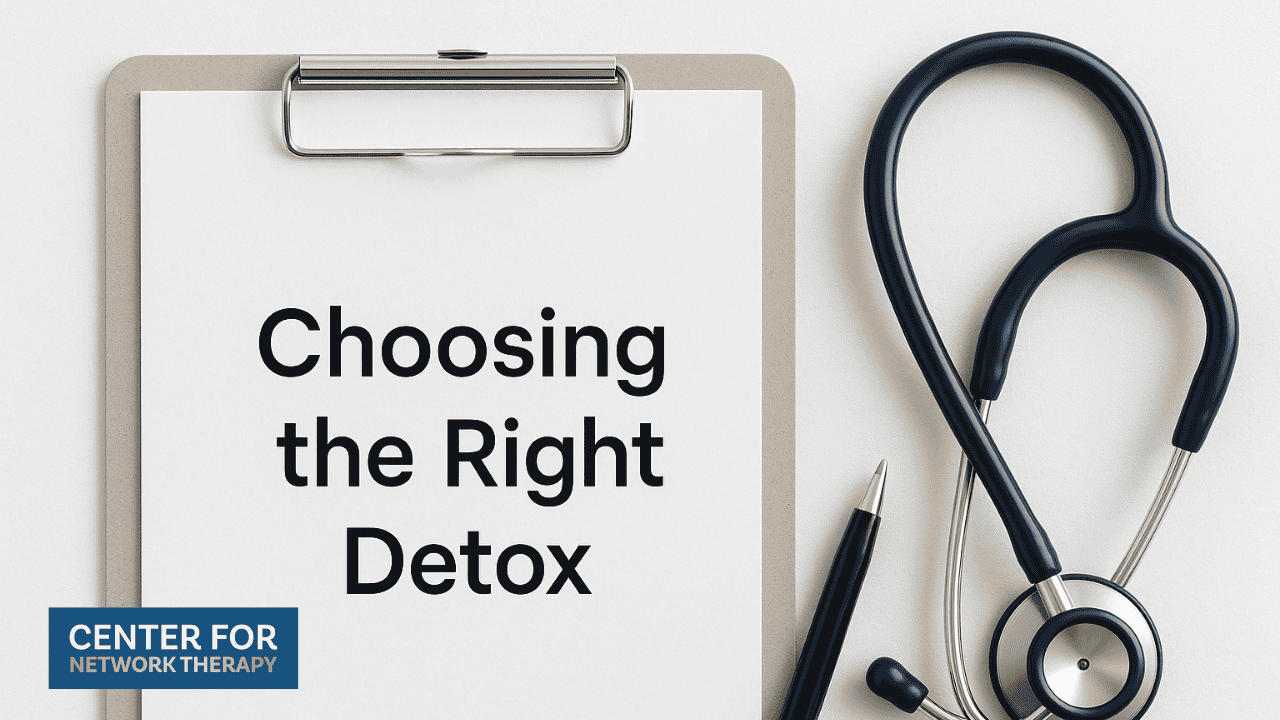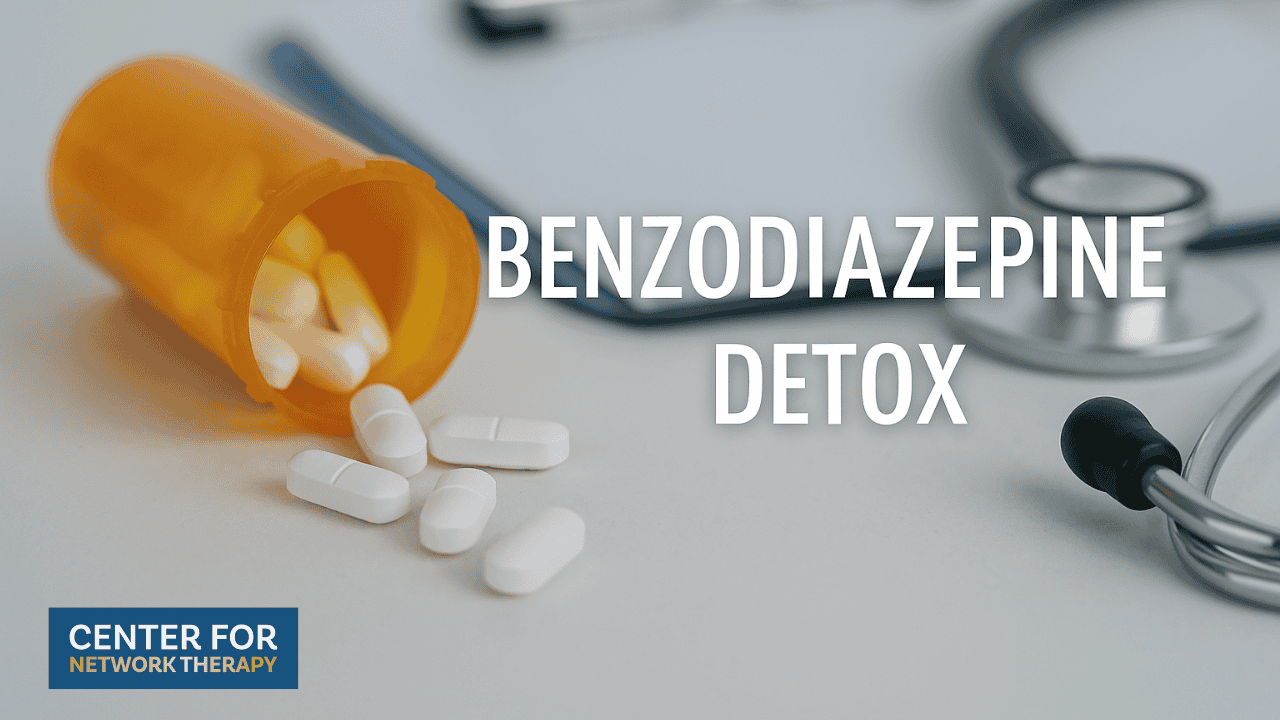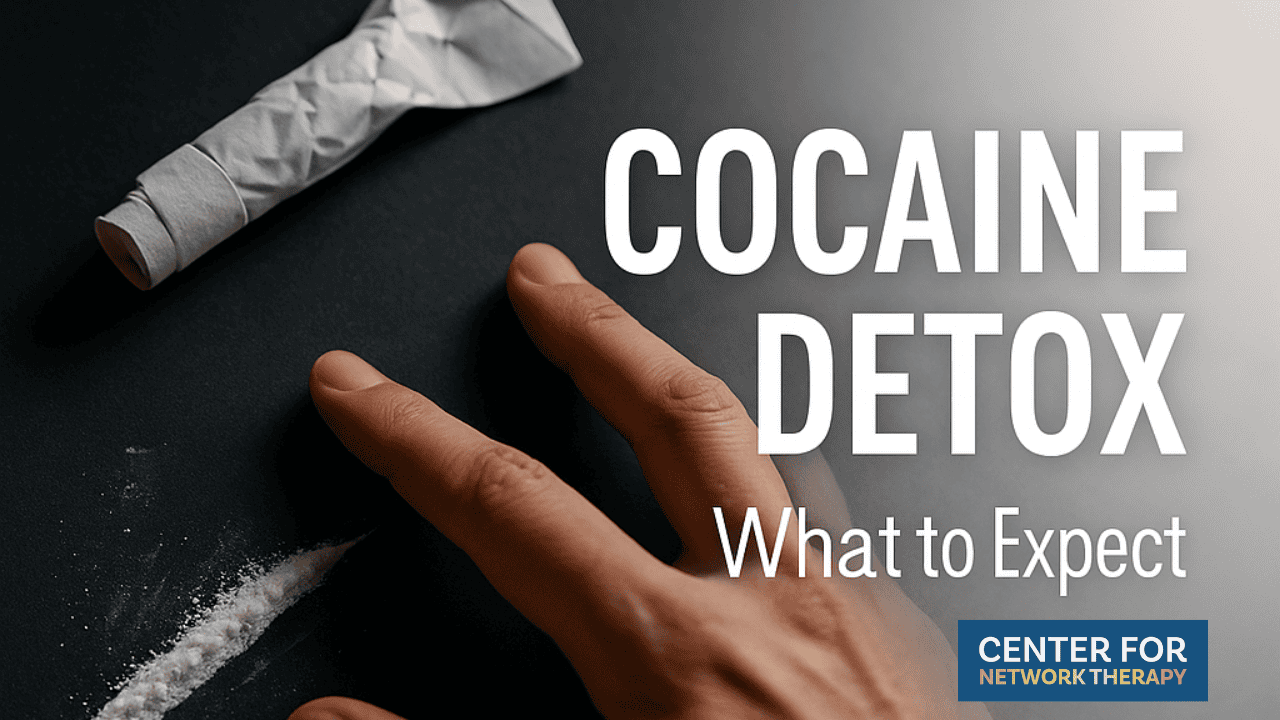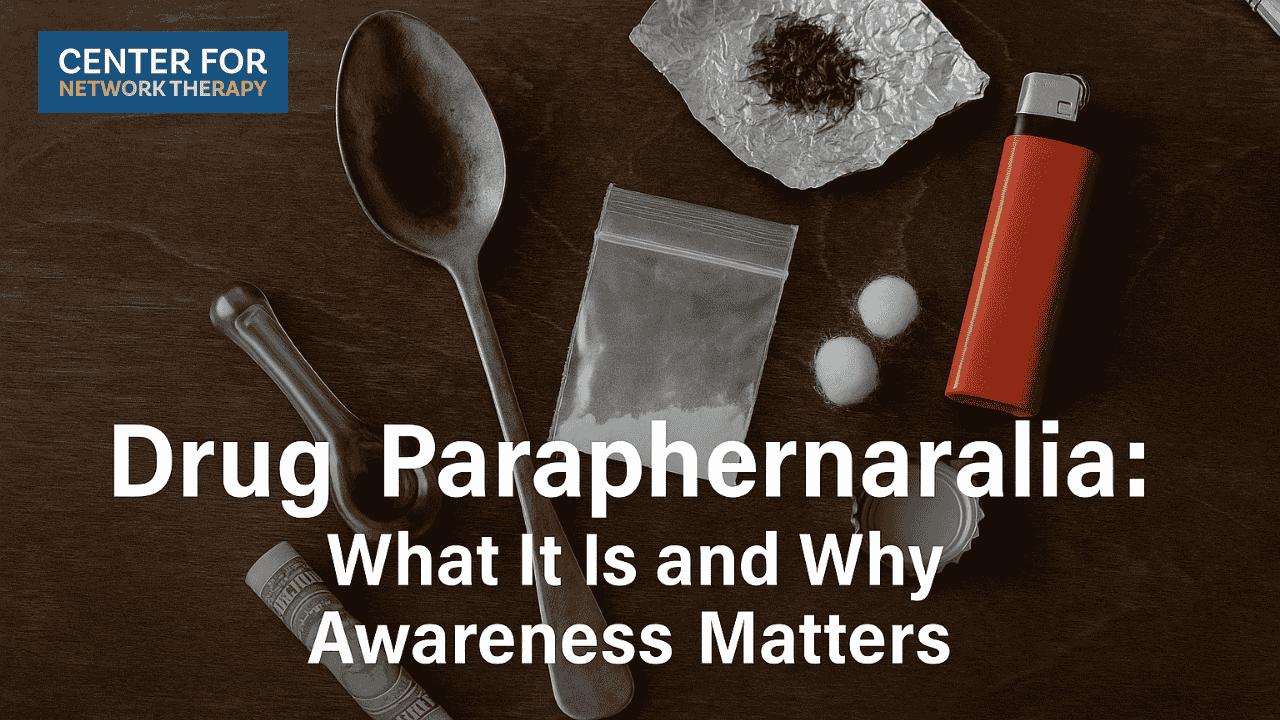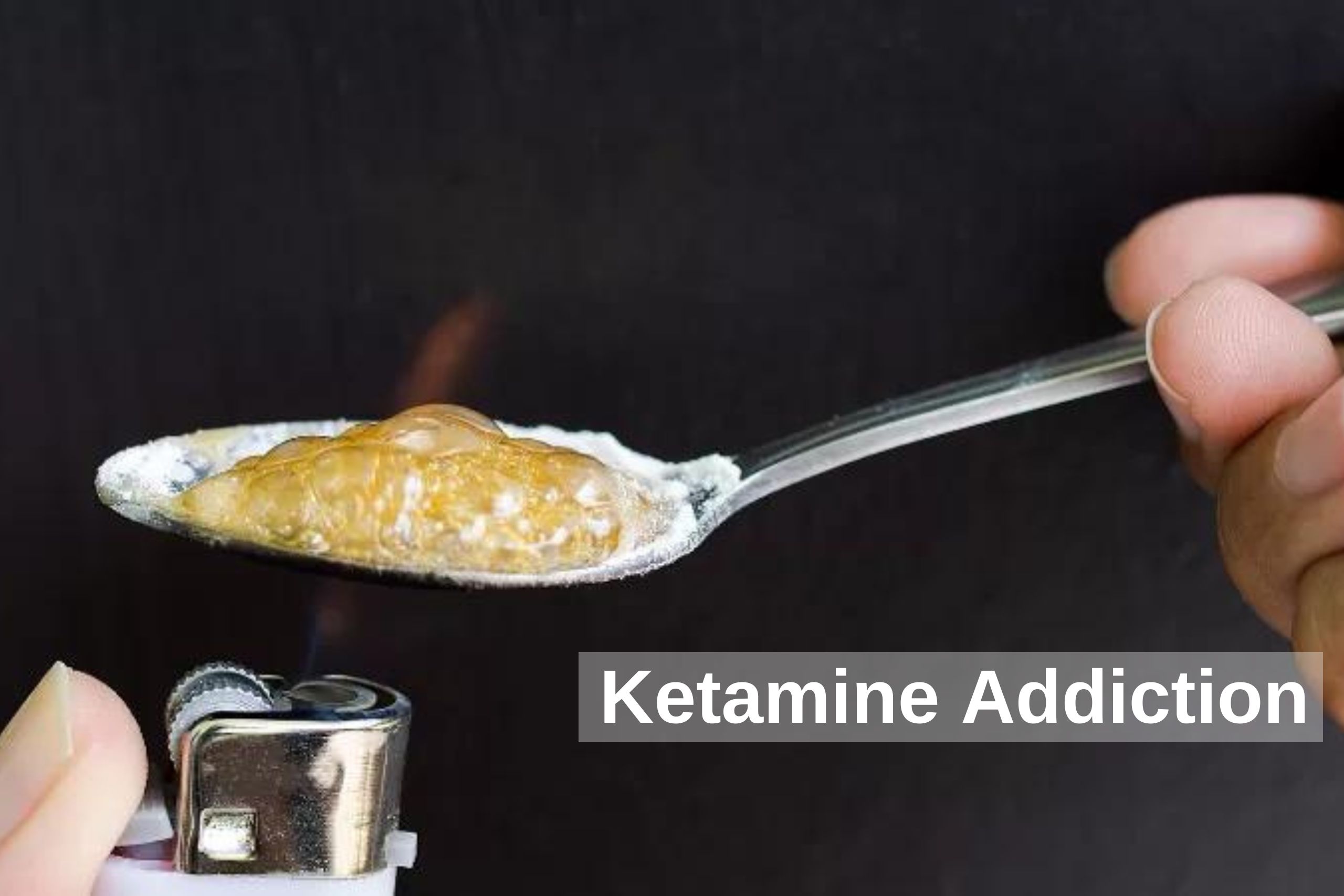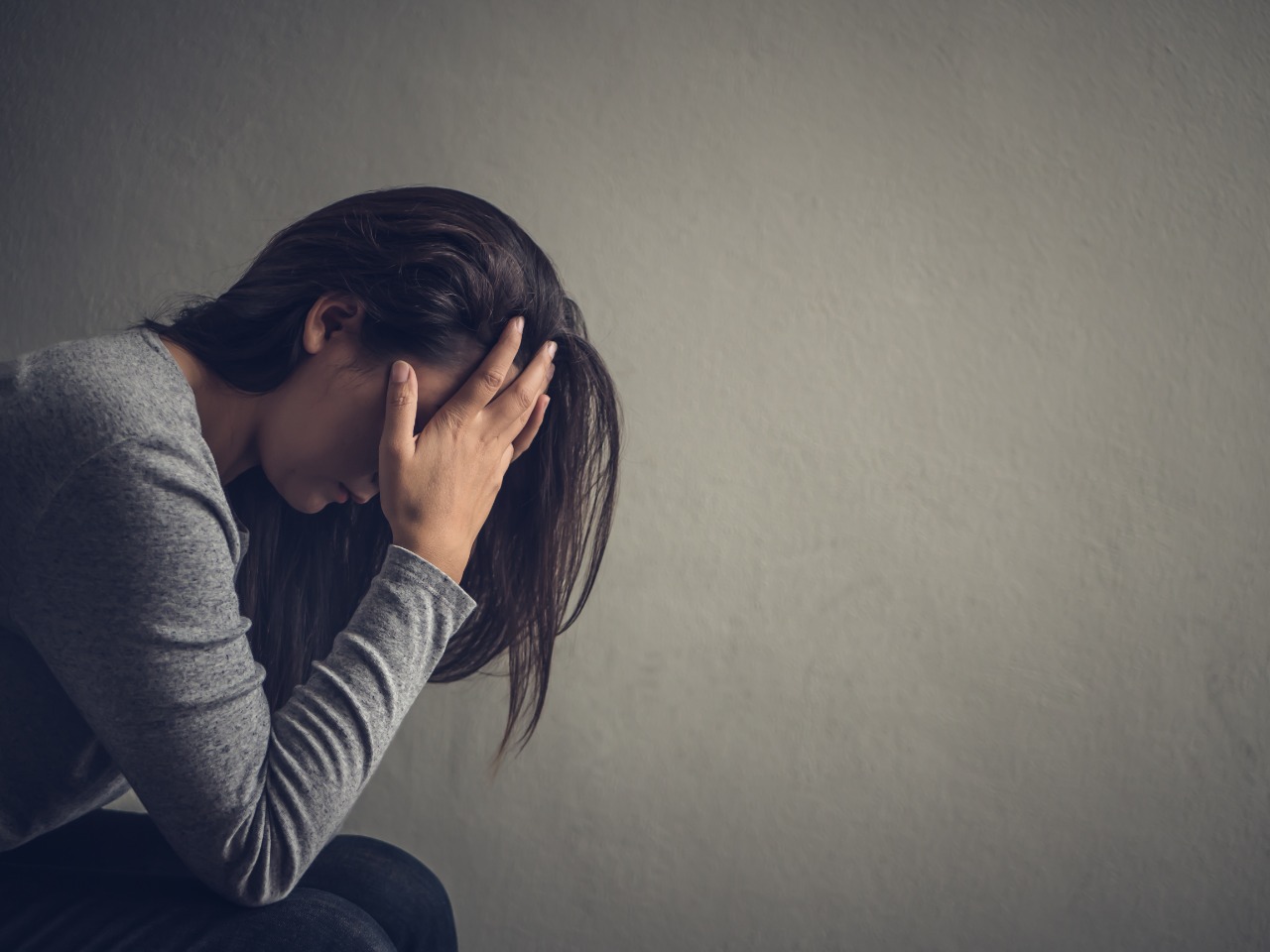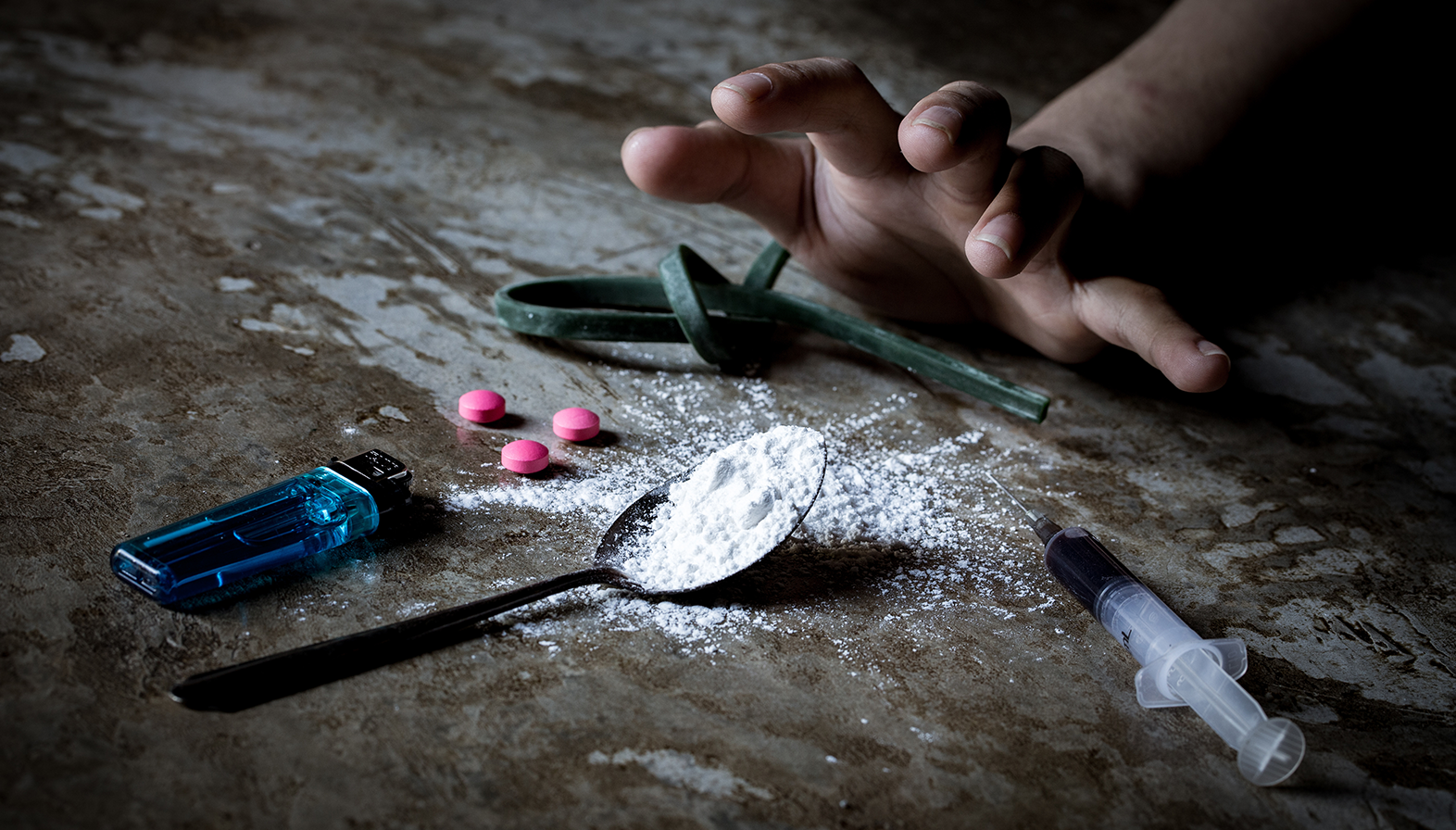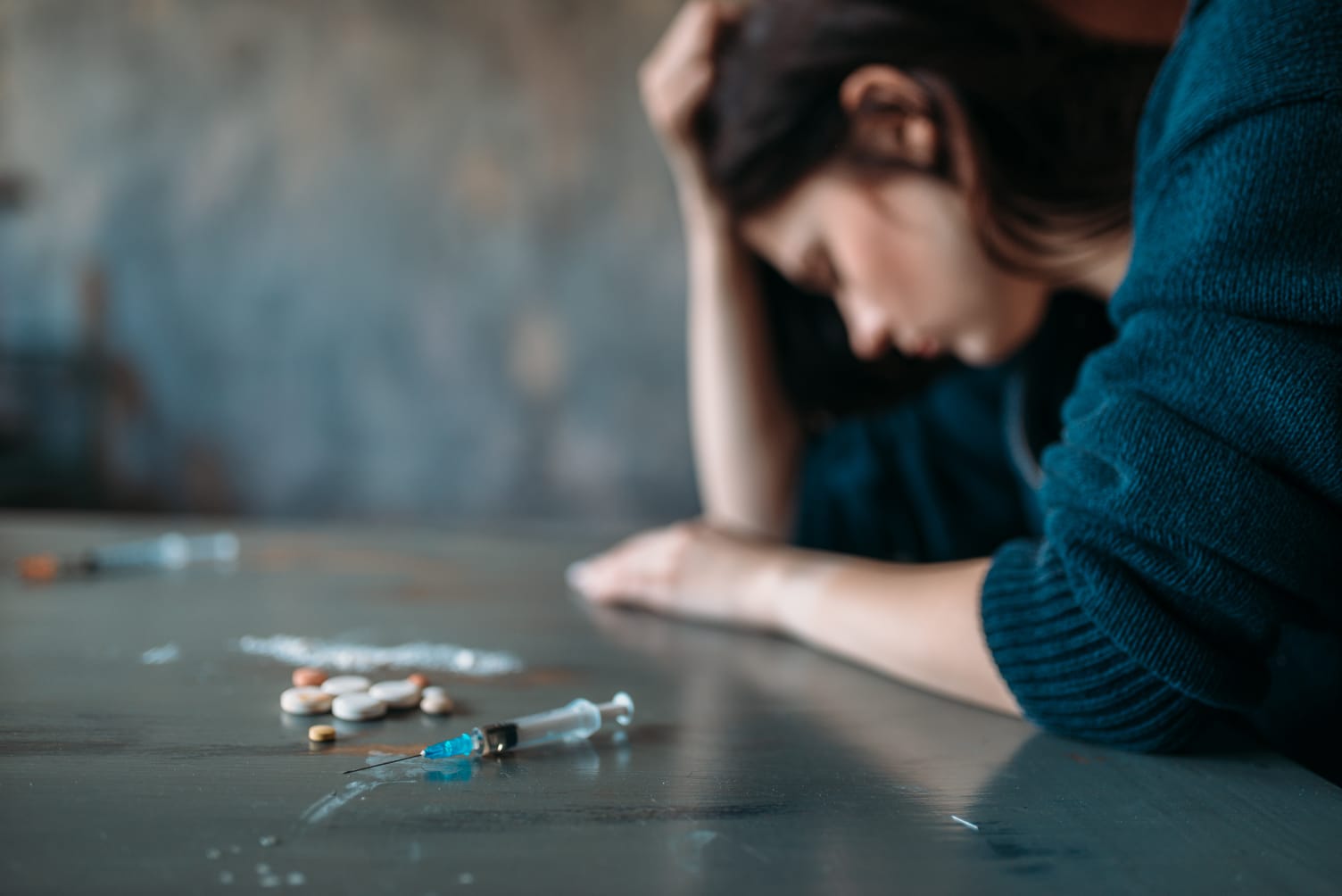Opioid prescription decline data misleading
Dr. Indra Cidambi Analyzes CDC Report Showing Doctors Are Cutting Back on Opioid Prescriptions
New York – July 7, 2017 – Opioid prescription data released this week by the Centers for Disease Control and Prevention (CDC) revealed the number of opioid pain pill prescriptions per 100 people declined by 13% and the potency declined by 41% in the 2010-2015 period.
While the drop in prescriptions is encouraging, the reality is sobering and points to more people switching to street drugs, according to Addiction Expert Dr. Indra Cidambi, Founder and Medical Director of the Center for Network Therapy.
“Due to tighter oversight of opioid prescriptions and a sharp decline in prices of illegal opioids (heroin and fentanyl) individuals addicted to opiates have been switching to street drugs.”
Overdose deaths from opiates have risen every year starting in 1999.
In the 2010-2015 period, overdose deaths from all opiates (licit + Illicit) grew an astounding 57% to 33,000 in 2015 (NIDA), despite a plateauing of overdose deaths from prescription opioid pain relievers (licit).
As per this week’s CDC Report:
• The annual opioid medication prescribing rate by doctors dropped 13 percent, from 81 prescriptions per 100 people to 71 prescriptions per 100 people.
• Doctors also prescribed high doses of opioids less often – high-dose prescriptions fell 41 percent, from 11.4 per 100 people to 6.7 per 100 people.
• The length of prescriptions increased from an average of 13 days in 2006 to 18 days in 2015.
The Drug Enforcement Administration and state and local governments have increased oversight of opiate pain medication prescriptions in some shape or form over the years, which has definitely contributed to the decline in the rate of prescriptions.

“Consequently, individuals addicted to pain pills have had a harder time accessing opiate pain pills through their medical care providers,” said Dr. Cidambi. “The reality on the street, however, is that heroin and synthetic opiates are cheaper to obtain, causing individuals addicted to opiate pain pills to switch to these street drugs.”
“Seasoned users of prescription pain pills have likely left the system, as it is cheaper to obtain illicit opiates on the street,” said Dr. Cidambi. “These individuals had likely developed a tolerance for the drug and were being prescribed higher-potency doses previously.” Consequently, a sharp decline in high-dose prescriptions may be due to this ongoing switch.
“Individuals who seek prescriptions for opiate pain pills to feed their addiction usually indulge in doctor shopping,” said Dr. Cidambi. “It is not uncommon for them to visit multiple doctors just once in a short period of time to obtain prescriptions, sometimes crossing state lines.
As illicit opiates have become much cheaper, they now have no reason to doctor shop,” adds Dr. Cidambi. This may have contributed to the lengthening of prescriptions.
According to Dr. Cidambi, the opioid prescription decline data is an isolated piece of information that is not connected to the whole and is misleading. While the nation is weary of the fight against the drug epidemic and is ready to welcome any positive news with open arms, it is still too premature to think that we have turned the corner in this fight.
“The fight against this epidemic has to be multi-faceted. As a nation, we need to work on removing the stigma from addiction and recognize that it is a disease. Just coercing doctors to write lesser opiate pain prescriptions is not the panacea,” said Dr. Cidambi.
Dr. Cidambi recommends the following courses of action to help fight the opioid epidemic:
• To address pain, health insurance companies should be mandated to cover alternate treatment (acupuncture, meditation, yoga, etc.) along with physical therapy and non-narcotic pain medications.
• When it comes to treatment, modalities that help the patient remain sober in their own environment (outpatient treatment, such as Ambulatory Detoxification) should be supported as they can deliver better outcomes. Inpatient treatment has so far been dominant, but ineffectual in the face of this epidemic. I have been treating individuals afflicted by addiction for over a decade and I strongly believe the best rehabilitation takes place at home, not in a bubble far from the individual’s real living environment. These individuals not only need to learn coping and relapse prevention skills, but they also need to practice using it and they benefit from the opportunity to apply it in the real world while they are in treatment.
• Another important issue is reintegrating these individuals back into the workforce. Charges incurred while they were using substances hang over their head when they get sober and try to put their lives back together. Decriminalization utilizing token-economy (dropping charges if the individual completes treatment and stays sober for a certain period of time) provides the individual afflicted by the disease of addiction an incentive to seek treatment and embark on the road to recovery.
Related Articles




